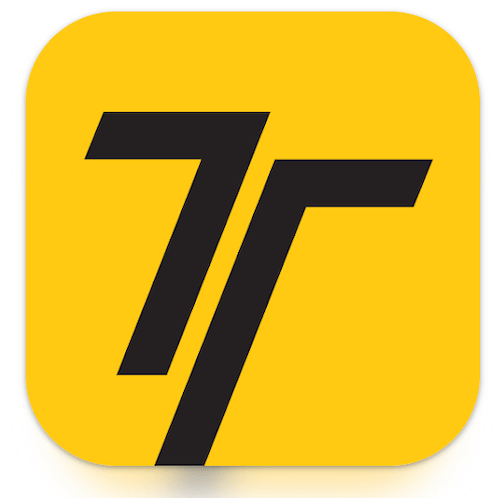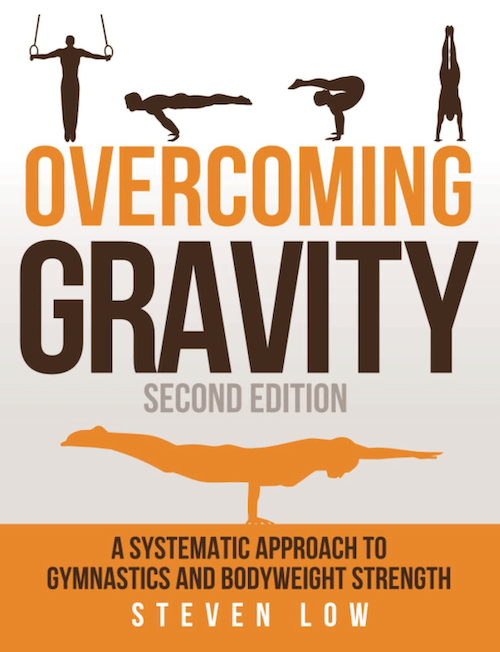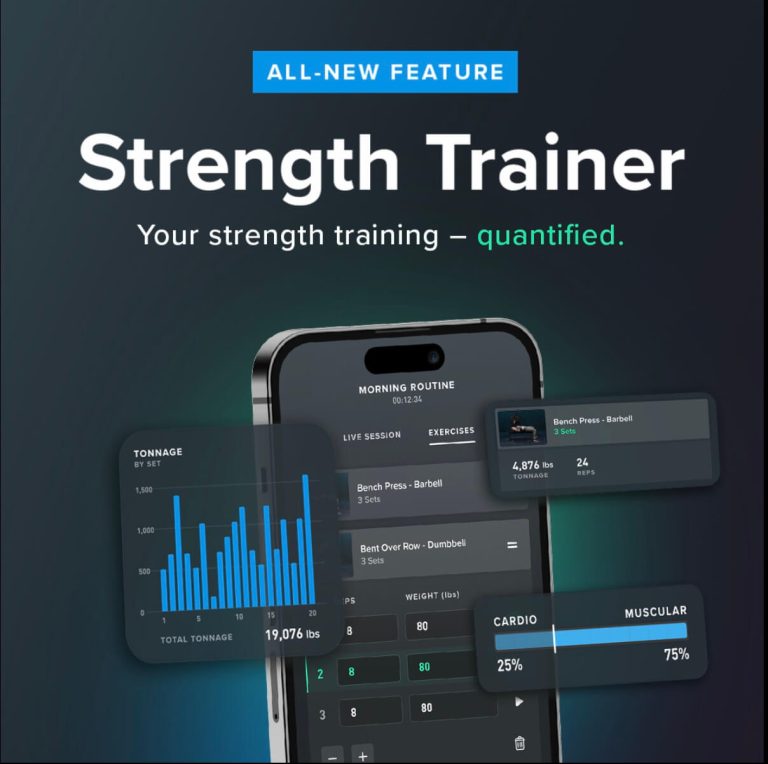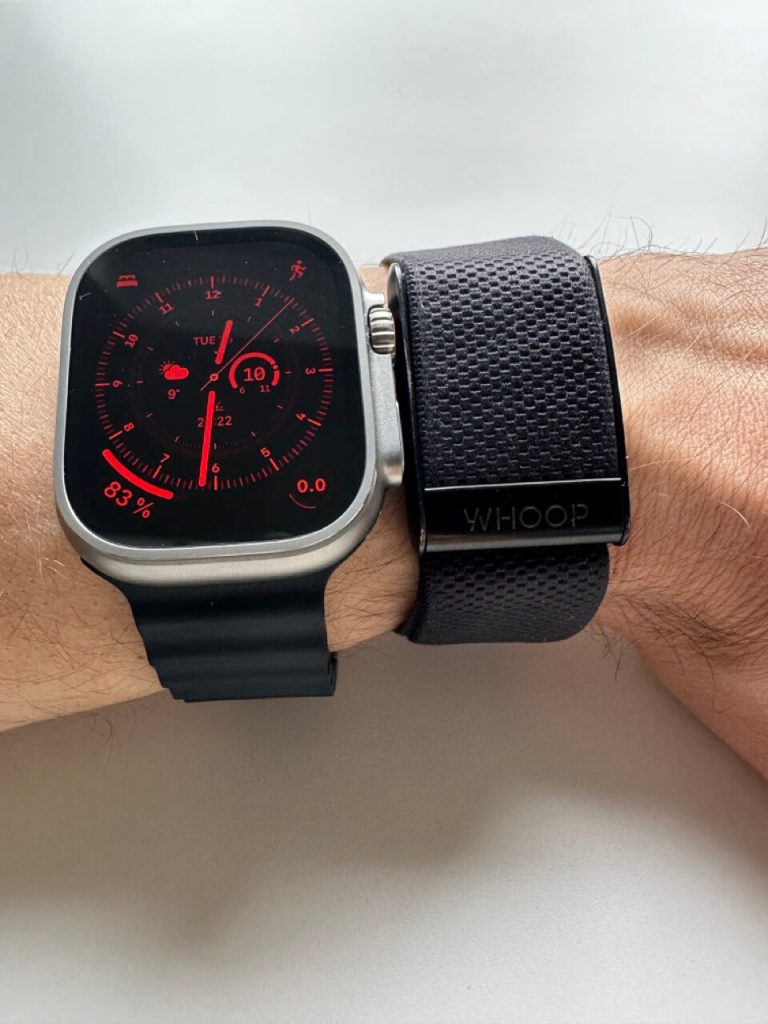How To Start a Personal Training Business and Earn Over $13,000 Per Month
Starting a career as a personal trainer is an exciting journey filled with opportunities to make a significant impact on people’s lives. A personal trainer is more than just a fitness instructor. You are a motivator, a mentor, and, sometimes, a confidant. Your role involves creating personalized workout plans, providing nutritional advice, and helping clients achieve their fitness goals.
Anyone with the right skill set and attitude can become a personal trainer. Knowing which software tools to use can multiply your productivity and reach. However, the fact that you don’t need a certificate doesn’t mean that anyone can build a successful business as a personal trainer or calisthenics coach. You need to convince people to buy your classes and you need to demonstrate your expertise constantly to build trust with your audience.
Showcase client transformations or your own
This assumes that you have some experience. You don’t need to have paying clients. If you advised your friends or family members and played a crucial role in helping them lose weight, gain muscle or become fitter this is your chance to brag about it. Collect some testimonials, share before-and-after pictures because nothing speaks louder than tangible results.
Quick note: This post contains affiliate links. If you make a purchase using my link, I may earn a commission, at no additional cost to you. Read our Earnings Disclaimer.
There is nobody you have helped so far? No problem! Share your own fitness journey. Personal experiences, especially your struggles and successes, can be very inspiring and relatable. Show that you practice what you preach. Your personal commitment can be as convincing as any certificate.
The packaging is just as important as the content. Make sure you nail your storytelling. This personal touch can be incredibly powerful.
Content is King
Share your insights, tips and experiences in calisthenics through blogging or vlogging. You don’t need a certificate to have valuable ideas and experiences. Platforms like Youtube or Medium make the barrier to entry super low. It will take time and patience to build the following though.
Start a fitness podcast to discuss various topics, interview experts, or share success stories. Podcasts are a great way to reach people who prefer audio content. Podcasts and vlogging will require a small upfront investment into some equipment like microphone, lights, green screen and a camera. I’d recommend to start with what you have and as you learn and gain followers gradually upgrade.
You can also write guest posts for established fitness websites such as calisthenics.com 😉 This can help you reach a wider audience and benefit from the existing trust these platforms have.
Join groups on Facebook and forums such as Reddit’s Bodyweight subreddit that boast an astounding 3.8 million members. Here people ask questions about fitness and seek advice for their personal development. Post helpful answers and make sure readers can follow your profile.
You can also join a video course platform such as Thinkific and record online fitness courses. It’s great if you already want to charge for your content as payments and analytics are integrated by default. Create clear, concise, and informative exercise tutorials.
Start an email newsletter. Your goal should be to be resilient against deplatforming. Social media platforms may one day decide that your content is “not complying with their community standards” and restrict your account. You can defend yourself against this by collecting your followers’ email addresses. This way you can always restart somewhere else without needing to build from scratch.
Write and publish e-books or guides on specific fitness topics. These can be used as lead magnets to grow your email list or as paid products.
Tips for Effective Content Creation
- Consistency is Key: When you go public, make sure you stay consistent. Publishing content regularly ensures that you keep in touch with the community and you don’t lose momentum.
- Quality Over Quantity: Ensure your content is well-researched, accurate, and provides real value.
- Engage with Your Audience: Respond to comments and messages to build a community around your brand.
- SEO Optimization: If you started your own website you need to pay attention to organic reach. Use relevant keywords in your online content to improve visibility on search engines.
- Track and Analyze: Use analytics to understand what type of content resonates with your audience and adjust your strategy accordingly.
By diversifying your content across these platforms and consistently providing value, you can effectively build trust and establish yourself as a knowledgeable and credible personal trainer.
Use Trainerize to engage your clients and track their progress
While we are at tracking and analyzing, using a platform like Trainerize will make your job 10 times easier. Here you can build templates for workout plans that you can reuse for each new client. The platform allows you to assign workouts, analyze compliance and visualize progress for your clients. It also includes messaging for fast feedback and integrated payments. It’s a must have for any online coach and very helpful for offline PTs as well.
Trainerize
Trainerize is an online personal training platform that empowers fitness professionals to better connect to their clients when training them online or in-person.

Offer free workshops and classes
Organize free workout sessions or workshops at local calisthenics parks. You can use these parks for free and it’s a great way to show what you can do.
Collaborate with other fitness professionals
Team up with established trainers or fitness influencers for joint workouts or content creation. Their endorsement can boost your credibility.
Create your own fitness challenges
Once you garnered some audience, launch a 30-day fitness challenge on social media. Provide daily tips and encouragement, and invite participants to share their progress.
Participate in calisthenics competitions
There is no better way to showcase your skills than competing against the best. Winning competitions doesn’t make you a great coach and there are many amazing coaches who would not be able to compete anymore. However, willingness to measure up against others surely demonstrates that you are walking the talk and adds major credit to your reputation.
How much money can you make as a personal trainer?
Let’s build a dynamic business case for a personal training business where the pricing structure and session frequency evolve over a 12-month period:
Business Model Assumptions
- Nature of Business: Personal training with a focus on one-on-one sessions, and group classes introduced after 6 months.
- Pricing Strategy: One-on-one session prices increase from $80 to $120 over 12 months.
- Client Base Growth: Starting with 5 one-on-one sessions per week, increasing to 20 sessions per week.
- Group Classes: Starting with 2 classes per week (7 clients at $20 each), scaling up to 10 classes per week.
Income Projections
One-on-One Sessions
- Months 1-6: Start at $80/session, increase by $8/month, reaching $120/session by Month 12.
- Session Frequency: Start with 5 sessions/week, increasing to 20 sessions/week by Month 12.
Group Classes (Introduced from Month 7)
- Pricing: Fixed at $20 per client.
- Class Size: 7 clients per class.
- Frequency: Start with 2 classes/week, increasing to 10 classes/week by Month 12.
Detailed Financial Projection
One-on-One Sessions Revenue
- Months 1-6:
- Month 1: 5 sessions/week x $80 = $400/week
- Gradually increase to Month 6: 15 sessions/week x $128 = $1,920/week
- Months 7-12:
- Month 7: 16 sessions/week x $136 = $2,176/week
- Gradually increase to Month 12: 20 sessions/week x $120 = $2,400/week
Group Classes Revenue (from Month 7)
- Months 7-12:
- Month 7: 2 classes/week x 7 clients/class x $20 = $280/week
- Gradually increase to Month 12: 10 classes/week x 7 clients/class x $20 = $1,400/week
Expenses
- Certification and Education: $1,000 (annual)
- Insurance: $300 (annual)
- Gym rental: $12000 (annual)
- Equipment and Supplies: $1,000 (initial, plus ongoing maintenance)
- Marketing and Advertising: $2,400 (annual)
- Business Operations: $2,400 (annual)
- Taxes and Financial Services: $800 (annual)
- Total Annual Expenses: Estimate based on specifics of the business.
Here’s the profit and loss statement for the first year of the personal training business, based on the specified parameters:
| Month | One-on-One Session Revenue | Group Class Revenue | Total Revenue | Monthly Expenses (with Rent) | Monthly Profit (with Rent) |
| 1 | $1,600 | $0 | $1,600 | $1,658.33 | -$58.33 |
| 2 | $2,816 | $0 | $2,816 | $1,658.33 | $1,157.67 |
| 3 | $4,224 | $0 | $4,224 | $1,658.33 | $2,565.67 |
| 4 | $5,408 | $0 | $5,408 | $1,658.33 | $3,749.67 |
| 5 | $6,720 | $0 | $6,720 | $1,658.33 | $5,061.67 |
| 6 | $7,200 | $0 | $7,200 | $1,658.33 | $5,541.67 |
| 7 | $7,680 | $1,120 | $8,800 | $1,658.33 | $7,141.67 |
| 8 | $8,160 | $2,240 | $10,400 | $1,658.33 | $8,741.67 |
| 9 | $8,640 | $3,360 | $12,000 | $1,658.33 | $10,341.67 |
| 10 | $9,120 | $4,480 | $13,600 | $1,658.33 | $11,941.67 |
| 11 | $9,600 | $5,600 | $15,200 | $1,658.33 | $13,541.67 |
| 12 | $9,600 | $5,600 | $15,200 | $1,658.33 | $13,541.67 |
This table provides a clear view of how the business evolves over the first year, with a gradual increase in both one-on-one and group class revenues. Monthly expenses are evenly distributed across the year, and the monthly profit reflects the growing success of the business as the client base and session rates increase.
Conclusion
Remember, in the fitness world, practical knowledge, the ability to connect with people, and showing real results is the most important. Be creative, be consistent, and most importantly, be genuine in your approach. People trust real-world expertise and authentic passion, so let yours shine through in everything you do!
Written by: Andy Toth
Andy is the founder of calisthenics.com and he writes about topics related to strength and hypertrophy training.
Andy has over 15 years of experience in calisthenics and before that he spent 8 years practicing and later coaching martial arts (Kyokushin karate). Besides bodyweight strength training he enjoys Olympic weightlifting and cycling. He tries to stay active every day and rides an average 5000 miles per year.
Written by: Andy Toth
Andy is the founder of calisthenics.com and he writes about topics related to strength and hypertrophy training. Andy has over 15 years of experience in calisthenics and before that he spent 8 years practicing and later coaching martial arts (Kyokushin karate). Besides bodyweight strength training he enjoys Olympic weightlifting and cycling. He tries to stay active every day and rides an average 5000 miles per year.




